SUMMARY
This is AI generated summarization, which may have errors. For context, always refer to the full article.
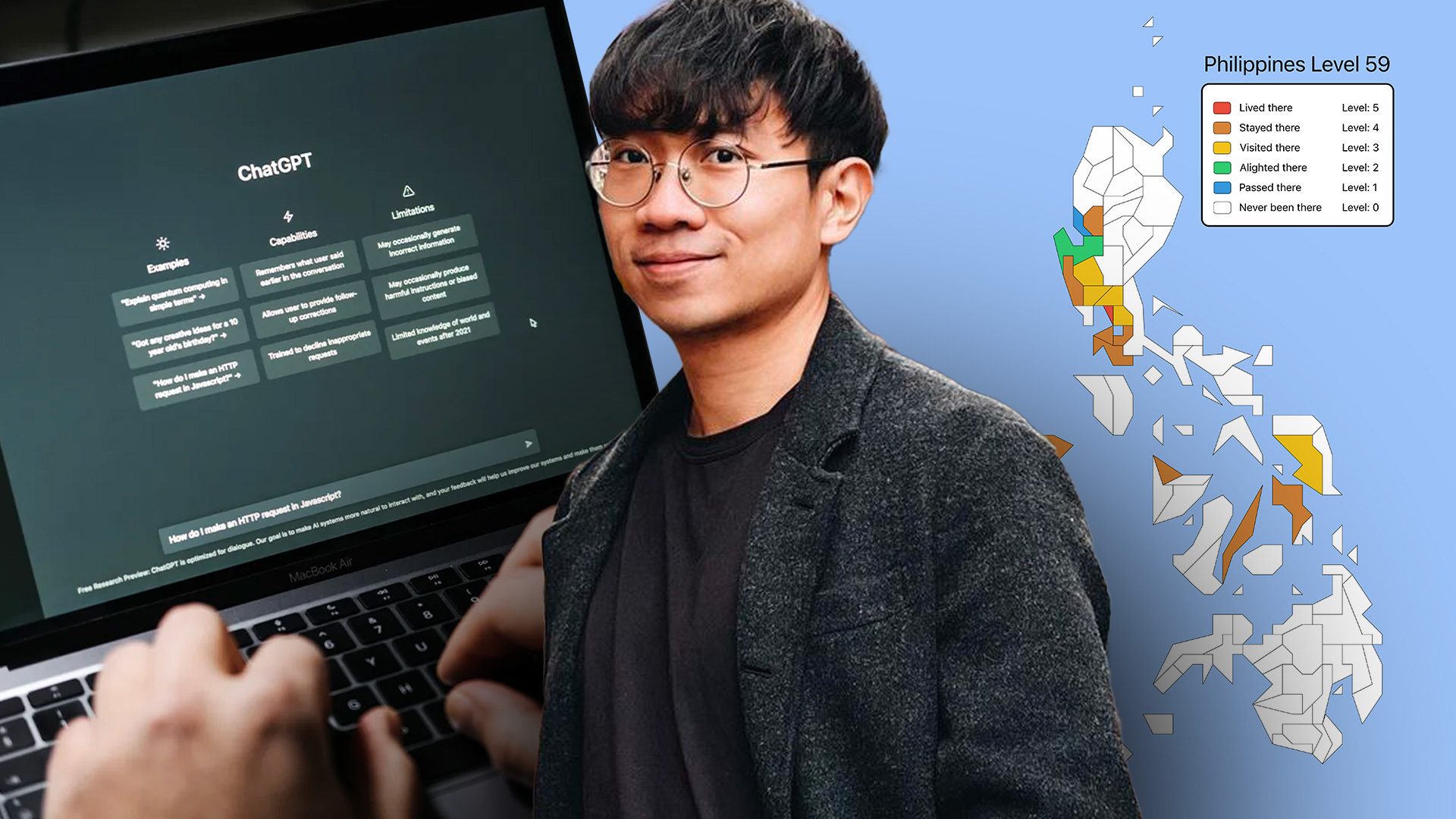
MANILA, Philippines – As Filipinos are looking to start traveling again after years of pandemic restrictions, social media feeds go abuzz as users share maps of places they’ve been to in the Philippines, all thanks to a web app.
Singapore-based Filipino software engineer Denz Del Villar created the My Philippines Travel Level website for users to show how well-traveled they are in the Philippines.
The do-it-yourself map quickly blew up as personalities such as Macoy Dubs and even former vice president Leni Robredo shared their results.
Denz tells Rappler that the website represents his first time doing web development, adding that he has been thinking about the idea for years but wasn’t able to start on it due to inexperience.
“I think it started in 2019. I randomly saw this Japanese version of the map and I got interested…. I was amazed and thought ‘Hey, there should also be a Philippine version of this,’ but there wasn’t any available,” he said in a mix of English and Filipino.
He only got motivated to finally get started on the project on April 5 while on a ten-hour layover on his way to Turkey. He also had one tool that could finally help him conquer web development – ChatGPT.
“A lot of software engineers saw the potential of ChatGPT to guide them in building their projects,” Denz said.
The software engineer estimates that around 70% to 80% of the now-viral website was done with the help of ChatGPT.
Behind the scenes
Denz’s journey with the website started with creating the Philippine map, using the entire ten hours of his initial layover to build this groundwork.
“[The website] is graphics-heavy, you need the map first of all, and I didn’t know how to do it or draw it even. I asked ChatGPT how to get started. I also followed the format of those who created the Japanese version…The website wasn’t live then as there were still many features that were missing” he said.
To fill in the gaps with the missing features, he would consult ChatGPT and create code for the website during his many long bus rides to different parts of Turkey.
Among the features aided by ChatGPT was an essential feature where users click on a certain province and label it through these levels:
- Lived there (5) – you spent a significant portion of your life in that area.
- Stayed there (4) – you slept at least a night in that area.
- Visited there (3) – you spent some hours exploring the area.
- Alighted there (2) – you just dropped off for a short stopover, layover, or transfer.
- Passed there (1) – you passed by that area but did not set foot.
- Never been there (0) – you need to travel there soon.
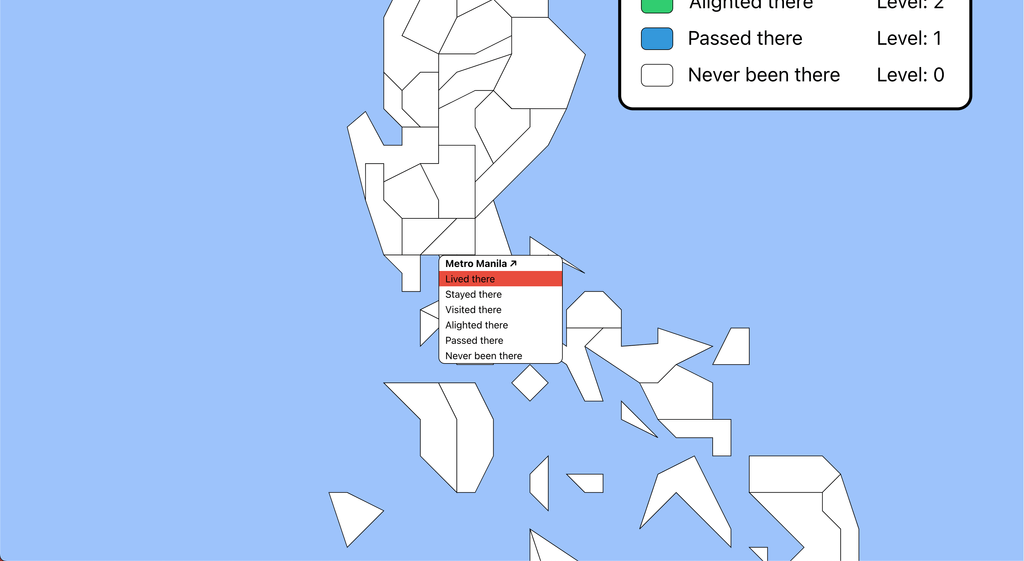
Denz shares that ChatGPT was able to give “pretty nice” answers to his queries as long as he gave a pretty good prompt. However, he added that the codes given by the artificial intelligence (AI) chatbot did not work immediately for the website.
“It’s like you search on Google how other people do it, but it’s almost on that same level. When I do that and put what ChatGPT recommends, I still had to make sure that the code works, so I had to tweak a bit,” he said.
The AI chatbot also helped Denz with the basics of hosting a website such as getting a domain.
“For software engineers, when you learn to do a new program, starting from scratch is hard. But if you have a template, it gets easier. Since what ChatGPT gave me are templates on how to start, it made my life easier. That’s what it took me [from] 2019 to until a few days ago to start as there wasn’t anyone who could help me or I could ask someone who knows about it, but I didn’t have time,” he added.
Hallucinations
Despite its perks, Denz encountered problems with ChatGPT where the chatbot “hallucinated” or gave an entirely wrong answer to his query on adding a feature where users can share their maps directly to their Instagram stories.
After extensive research, Denz realized that in order to get such feature, he would have to rewrite his entire website code in React Native when he was coding in ReactJS.
React Native is used for cross-platform development in mobile apps, while ReactJS is used to build user interfaces of websites. The programming language used by React Native and ReactJS are also different.
“Apparently, there is no such [package] in ReactJS, but there is in React Native. So when I prompted ChatGPT to give me packages that do this, the chatbot gave one. When I checked the package, it didn’t work. I think ChatGPT invented that this package can do this [function] using this command and then that command did not exist in the first place,” he said.
Denz created instead a compromise to have a function where users can save the image of their completed maps which they can share on their social media accounts.
OpenAI, the creator of ChatGPT, also recognized such flaws in a November 2022 blog post on its website, saying that fixing the issue can be “challenging” due to several factors such as having “currently no source of truth” in reinforcement learning training.
Denz said that this problem shows that there are “dangers” in believing that ChatGPT can give entirely factual information as it can be “susceptible to disinformation.”
After testing the site with friends, he posted the website on April 9 through an Instagram story sticker and Reddit. Denz added that after the website went live, he did not rely on ChatGPT as much as he would research on Google instead for quick bug fixes.
Traveling to the Philippines
According to the My Philippines Travel Level website, Denz’s Philippines travel level is only at 62. The software engineer attributes the low level as he only got to travel more when he was able to earn enough money from working in his first job in Japan from 2015 to 2017.
“It’s very impractical that if you’re in Japan, you would go to the Philippines to have a vacation since the [plane] tickets are expensive. It was much faster to do ‘domestic travel’ in Japan,” he said.
Denz added that most of his travel in the Philippines were mostly in Luzon. He also traveled to Cebu for a layover from Japan, Boracay for a family trip, and Davao for the National Schools Press Conference in 2010.
He hopes to change that now that he is based in Singapore, eyeing destinations such as Palawan, Cebu, and Batanes.
Denz also noticed patterns from the maps he has seen from his circle of friends and other posts on social media, saying that those who are “well-off” are not necessarily the most well-traveled in the Philippines.
“I usually see that government workers, they’re the ones who go to a lot of places [since] the demand of their work requires them to travel to all of the provinces. They’re the high scorers, not necessarily casual travelers,” he said.
Denz also clarified that he doesn’t collect any data from the web app aside from the page views from the flag counter at the bottom of the website. So far, the My Philippines Travel Level website has been visited 2,301,068 times.
Viral fame
Meanwhile, Denz said he knew the maps had the potential to go viral. However, what surprised him was how companies, organizations, and experts quickly picked up on the gimmick. Those versions would visualize from where ATMs are available nationwide to real minimum wage rates per region.
The viral spread of the travel map also caused concerned users to rush to support the software engineer and his work.
With attention online placed on the My Philippines Travel Level website, Denz hopes that it would bring Filipinos to explore the Philippines more as “there really is more that the country can offer.”
He also hopes that those who create AI products such as OpenAI to be “responsible enough” in how they operate and maintain these tools. The software engineer also hopes consumers would be educated on AI so that they won’t be fooled by promises made by these companies, adding that there should be more AI programs in universities.
“The field of AI is very hot. So I hope there are many people from the next generation [who know] how to navigate that field,” he said.
Those who wish to support Denz and the My Philippines Travel Level website can donate through his Paypal and GCash. – Rappler.com
Add a comment
How does this make you feel?


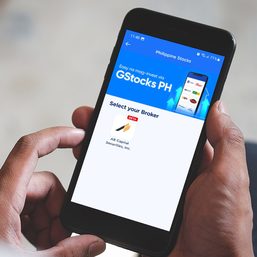







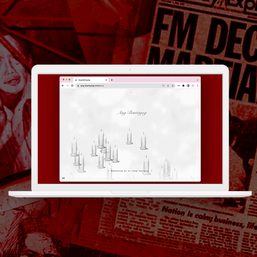
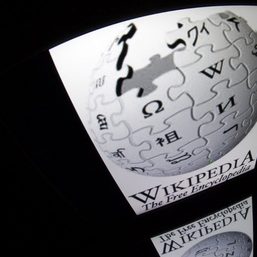
There are no comments yet. Add your comment to start the conversation.